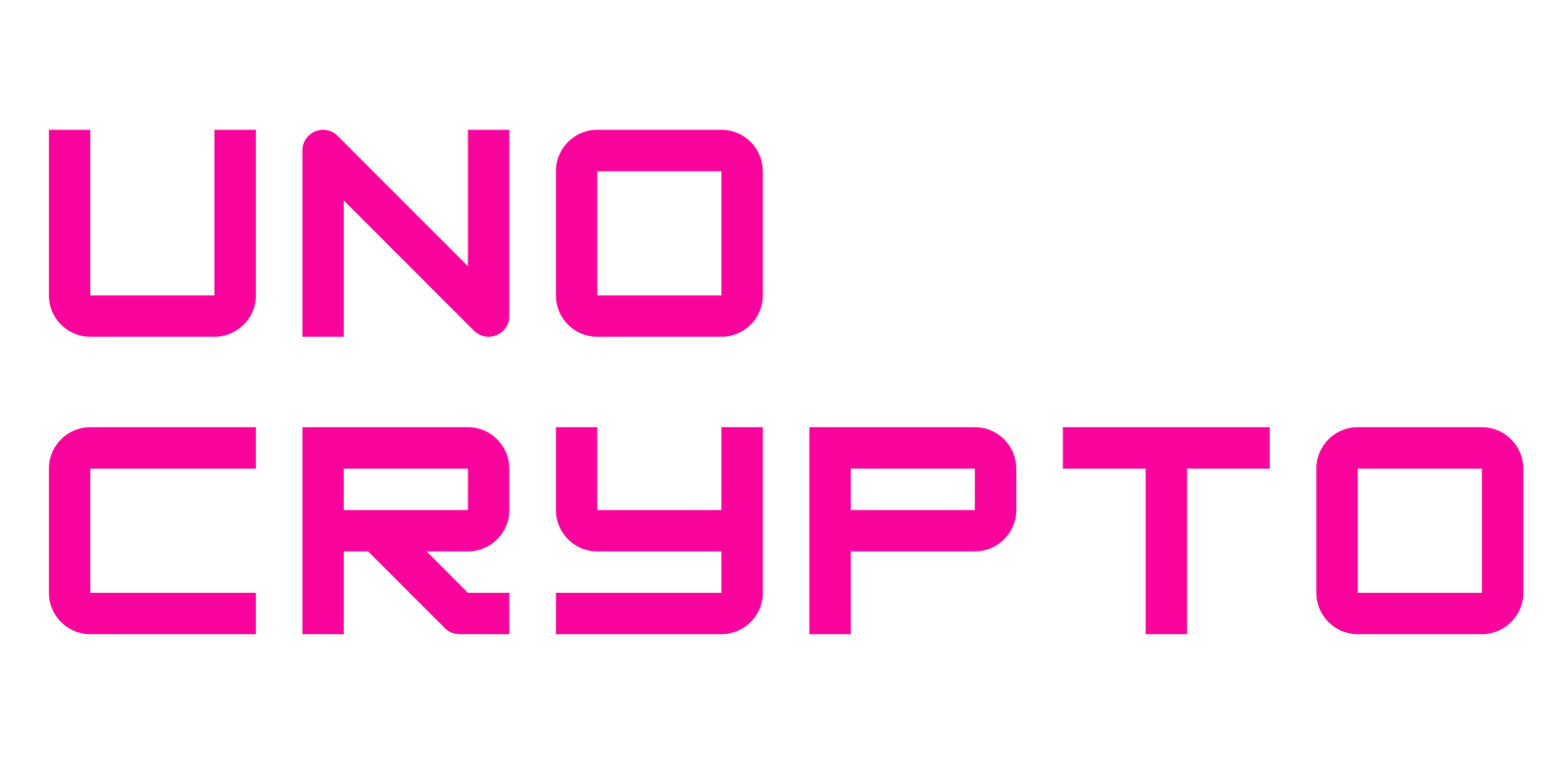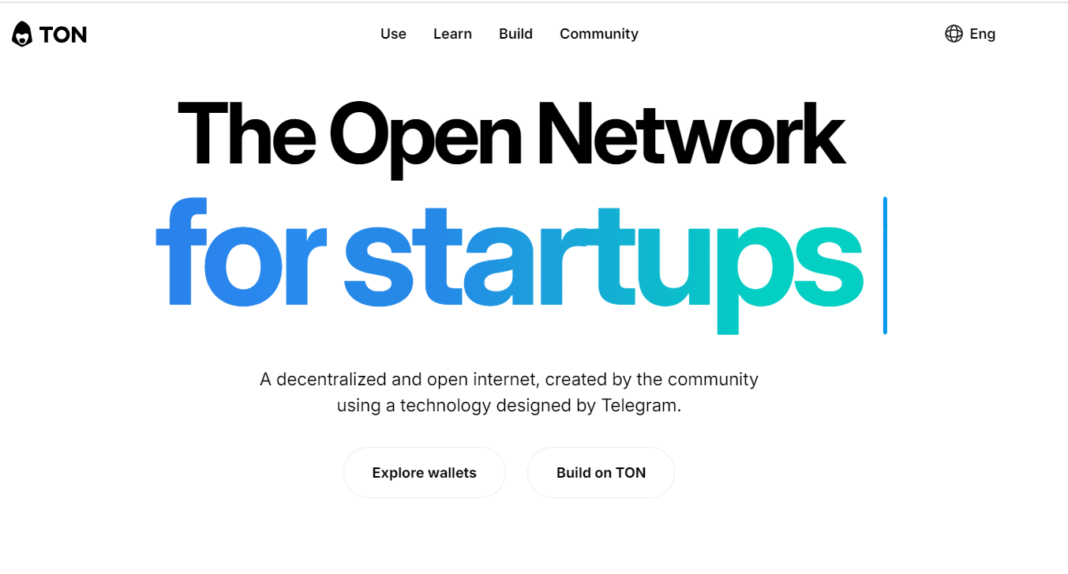The TON blockchain experienced a major disruption on August 28, leaving the network down for seven hours. The issue started when Tonscan data revealed no new blocks had been generated since 06:11:46 UTC+8.
The downtime caused significant concern, prompting the crypto exchange Bybit to suspend all deposits and withdrawals on the TON network. The network’s outage was due to a congestion issue triggered by the distribution of DOGS tokens.
What Caused the Network to Go Down?
The TON Foundation, in response to the downtime, confirmed that the blockchain had experienced a disruption in block production due to an abnormal load.
Validators, responsible for maintaining the network’s consensus, were overwhelmed, which caused them to fail to clean old transactions from the database. This failure led to the loss of consensus across the network, preventing new blocks from being generated.
Justin, a member of the TON Foundation, explained the root cause: “Network overload due to DOGS transactions overloaded many validators for enough time for them to lose consensus. Validators were called upon to restart at 4:00 UTC with specific flags to restore consensus.” The blockchain was restored after validators successfully restarted their nodes, returning the network online.
Once closely tied to the messaging platform Telegram, the TON network has evolved into a decentralized platform for building and scaling blockchain applications.
The sudden disruption alarmed users and developers alike, but the network has now resumed normal block production. According to Tonscan, the network stopped producing blocks for a total of 7 hours, primarily due to the high traffic brought about by the DOGS token launch.
Posting from its X (formerly Twitter) account, the TON Foundation acknowledged the disruption, stating that the abnormal traffic load led to the loss of consensus. The team immediately called on validators to reboot their systems and restore the network’s stability.
Bybit Stops All Transactions of TON
Bybit, a major cryptocurrency exchange, was one of the first platforms to respond to the outage. In a statement, the exchange announced it had temporarily suspended all deposits and withdrawals of TON due to the network’s instability. The suspension was put in place as a precautionary measure until the TON network returned to normal operations.
Despite the technical challenges, the price of Toncoin remained largely unaffected by the network outage, though it had seen a decline of over 20% in the last week following the arrest of Telegram CEO Pavel Durov. The recent outage did not contribute further to the drop, but it raised concerns about the network’s resilience to high traffic and congestion.
The TON blockchain explorer, Tonscan, regularly updated users on the network’s condition throughout the outage. The traffic spike was caused by the debut of the DOGS meme coin, Tonscan reported earlier in the day on X, with some core services experiencing outages as a result of the overload. Even though these kinds of interruptions are normal for high-volume events, the prolonged outage made clear that the TON blockchain needs better scaling solutions.
The TON Foundation is anticipated to make public additional information regarding the measures being taken to avert future occurrences of this kind now that the network is back up and running. The incident highlights the difficulties blockchain networks have managing abrupt spikes in activity.


